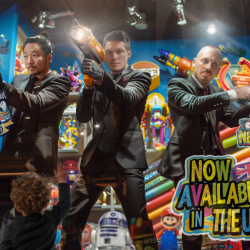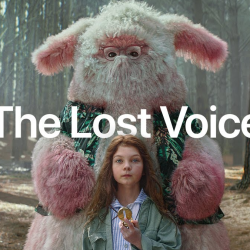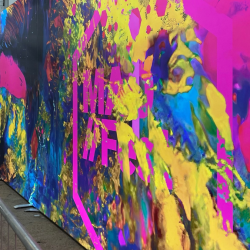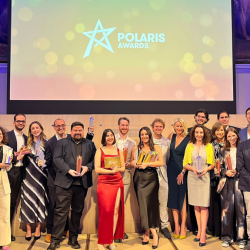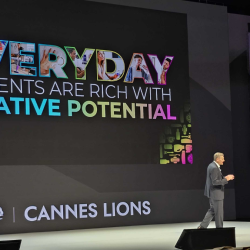Many of us are probably wondering why Generative AI hasn’t changed everything yet and glad that bots haven’t stolen our jobs. Truth is, things are moving at two speeds. While OpenAI and Meta are racing to deliver AGI (the kind of AI that has beliefs, intent and desires and is hopefully only a little bit superhuman), the rest of the commercial world will spend 2024 getting to grips with how to implement more standard Gen AI in their companies. And, yes, it will change marketing. And in time, everything. For now, let’s consider three areas of digital marketing.
Data
The lifeblood of Gen AI is data. So it stands that companies with the best datasets and the talent to wrangle it in their new LLM (Large Language Model) stacks will win. But biggest is not necessarily best. Quality wins over quantity. As a marketer you’ll be hearing a lot more about synthetic data this year. This is new, anonymised and trustless data, created by a LLM as a new layer on top of a core set, or as an all new set in its own right. If you think that’s piffle, well, studies have shown it’s at worst a 90th percentile match for the real thing. Expect not only to see synthetic data-driven insights, but ever-improved Gen AI-augmented strategies delivering on them.
Search
While AI is making data from data, in search, we’ll be going faster with conversational search like Perplexity and Google’s SGE. Wave bye-bye to huge search results pages, and say hello to on-the-fly generated search chat and curated links. And now that LLMs can interpret images and videos, indexation will be quicker, and we’ll likely be able to gain quicker actionable insights on our content faster. SEOs are sharp people and used to change, so they’re already adapting their approach to the new world.
Creative and media
Last year we marvelled at eye-popping new tools every five minutes, but threading them together to make content was tricky at best. This year we’ll see promise morph into reality, as integrated workflows are offered by the bigger players, and agencies create their own with new production means across word, image and video.
Pair that with granular customer insights, and we’ll be delivering content that meets individuals exactly where they are and when, surprising and delighting them with ads that deliver on the long-held promise of delivering value instead of spam. Will all that give us marketers more time on the beach? Unlikely. More equals more here, as we have ever more personalised messaging to make (with machine help, of course). And while we’ll need more content to deliver to more customers, we’ll see our ROAS (Return On Ad Spend) rise as a result of being more relevant. And us in the everyday? We’ll be spending more time with AI.
Over the last year it’s been steadily woven into the fabric of our lives, through all the services and channels we use: AI-generated playlists on Spotify, chatting with an A-list AI on Instagram, sprucing up our content with native AI creative features on socials, new AI-powered personal assistant devices and apps.
Our lives have already changed, whether we know it or not.
Featured image: Tabitha Mort / Pexels























